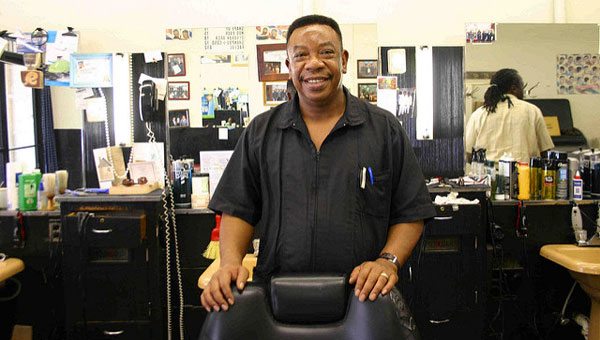
May 21, 2018; New York Times
The idea of doing outreach through barbershops and hair salons in some communities is anything but new. In fact, it is mature enough that we are now able to see some of the nuances of what works well in such interventions and what does not.
The New York Times’ Upshot series reports on a recent study that found hypertension education and treatment might be most effectively delivered at the local barbershop. Hypertension is a precursor to heart disease, the number one killer of men in the US. Previous studies had found that blood pressure checks at the barbershop, combined with referrals to physicians, didn’t improve the men’s health. The authors concluded that this was because either the patients didn’t follow up or the physicians didn’t treat the condition appropriately. In the more recent intervention, physicians were left out of the equation.
Over 300 African Americans who were customers at 52 black-owned barbershops participated in the study. After receiving a blood pressure screening along with their haircut, those with systolic pressure above 140 were split into a control group and an intervention group. The control group received advice from the barber on lifestyle changes and a referral to a physician. The intervention group was immediately handed off to pharmacists located at the barbershop. The pharmacists treated patients according to a set protocol, providing both medication and advice on lifestyle changes. They then updated the patients’ physicians on what they had done.
The results were not particularly significant for the control group, but they were extraordinary for the intervention group. In the intervention group, more than 63 percent of patients achieved the goal of lowering their blood pressure to below 130/80, compared with less than 12 percent of the control group.
Sign up for our free newsletters
Subscribe to NPQ's newsletters to have our top stories delivered directly to your inbox.
By signing up, you agree to our privacy policy and terms of use, and to receive messages from NPQ and our partners.
Participants in the study were typically hard-to-reach populations. More than half lived in households earning less than $50,000, and more than 40 percent lived in households earning less than $25,000. Many of the participants were overweight, a third smoked, and more than one in five had diabetes.
Barbershops and beauty salons have been a locus of healthcare education—and even treatment—for decades. A Barbershop and Salon health outreach toolkit produced by the Colorado Black Health Collaborative and the Kaiser Permanente African American Center of Excellence in Culturally Competent Care dates the first outreach programs to 1978. But not all of these interventions have had this kind of success rate.
Several factors appear to have contributed to the positive results. Barbers are trusted members of the community, and customers feel safe talking about health care issues. But more importantly, in this case, the onsite pharmacist made treatment immediately accessible. No appointments necessary, no waiting, no transportation issues.
The challenge is finding ways to scale this sort of intervention within a system that is structured around delivering—and paying for—care in clinical settings. Our healthcare infrastructure is structured around the needs of providers and large healthcare institutions and rarely bends to put the needs of patients first.
As Aaron E. Carroll concludes, “If we really want to improve health on a large scale, especially with populations distrustful of the health care system, it seems we need to go to where they are; to use people they trust to deliver messages; and to allow care to occur without much of the infrastructure usually demanded for billing. Such efforts may not be traditional, but they may deliver better results.”—Karen Kahn













